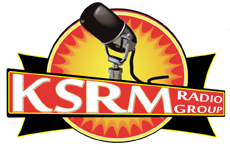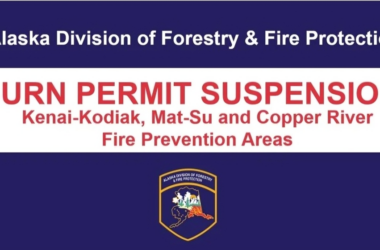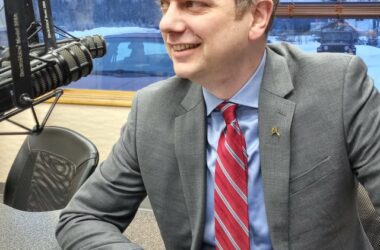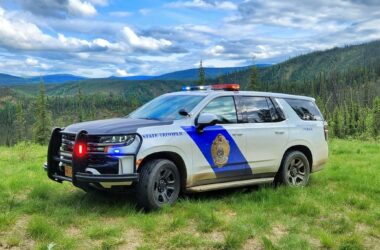A neighborhood just outside of city limits asked Soldotna officials to help them comply with state and federal regulations on arsenic levels in drinking water.
The community, which includes 51 single family homes and a commercial day care off of East Poppy, asked the city to extend a nearby water main so the neighborhood can purchase city water.
Resident Peter Endries said most of the $750,000 project could be covered by grants; the city would merely act as an administrator.
Endries: “Positives for the city is they would be getting approximately half a mile of water main at a very little cost compared to what they normally would have to pay and as for a win for the subdivision we would have arsenic compliant water.”
Some grant funding has already been secured by the KB Subdivision Water Association, the group the community formed to address the issue.
The neighborhood’s maximum containment level of arsenic in drinking water was found to be 35.6 parts per billion this April, which is more than three times higher than the 10 parts per billion allowed by the Environmental Protection Agency.
Mayor Nels Anderson said he told Endries in a meeting today that he’s not against the association’s plan but he doubts the city council would vote for the plan to be put back on 5-year plan.
Nels Anderson: “We have projects in the city we can’t fund, and for us to run a water line to people outside the city when a lot people in the city don’t have water and sewer, it’s going to be a difficult thing to justify unless there’s some other thing that would make that a high priority project. And if we agree to do what they want us to do, which is basically apply for funds to help on that pipeline, that’s going to take away from funds that we would get for other projects within the city.”
When the association approached the borough about the arsenic problem, they found that a special assessment district would be too expensive.
The Department of Environmental Conservation has given the neighborhood a deadline of December 31 to be in compliance.






